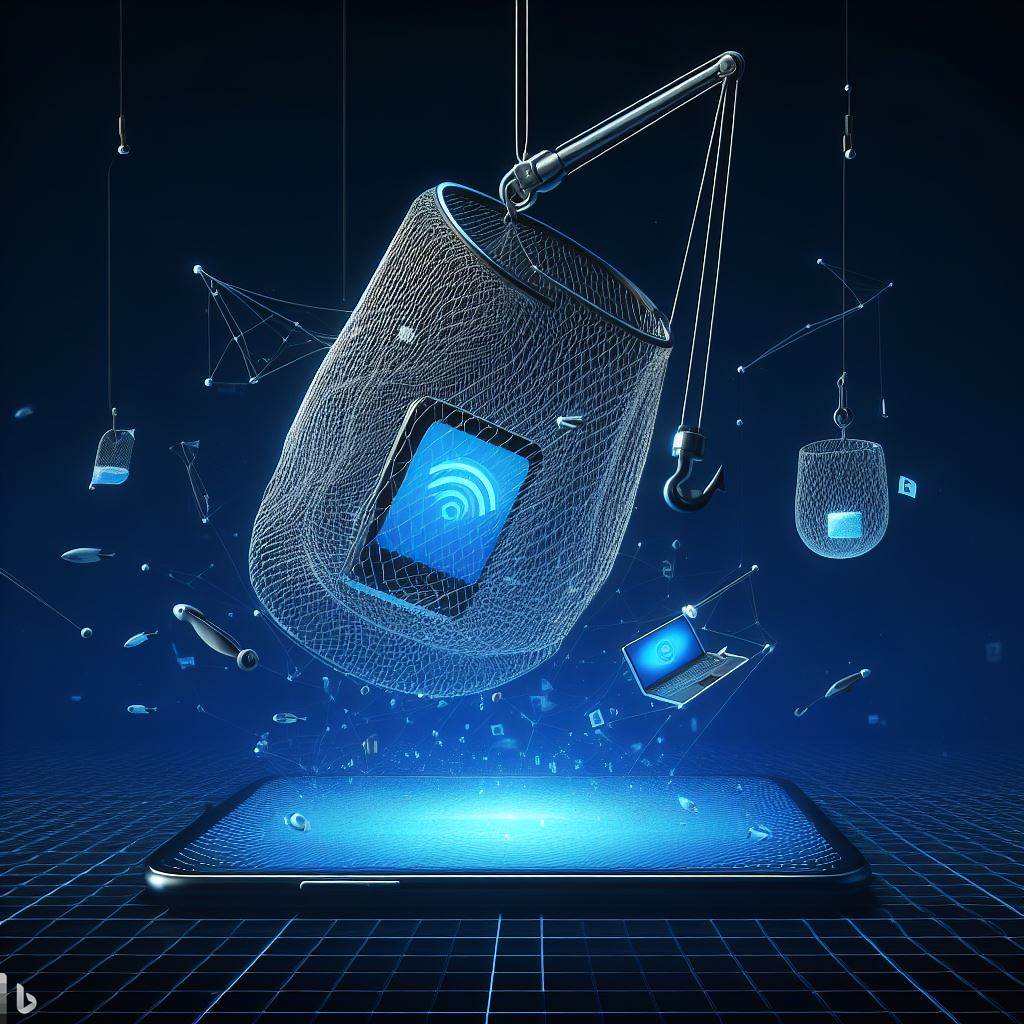 In today’s digital world, we spend a lot of time online, whether it’s chatting with friends, playing games, or doing homework. But it’s essential to know about a couple of sneaky tricks that cyber-criminals use to try and steal our personal information.
In today’s digital world, we spend a lot of time online, whether it’s chatting with friends, playing games, or doing homework. But it’s essential to know about a couple of sneaky tricks that cyber-criminals use to try and steal our personal information.
It’s called phishing and smishing. Let’s dive into these online dangers and learn how to stay safe.
What’s Phishing?
Imagine you’re a detective in a mystery movie. You receive an email that seems like it’s from your favorite video game company, telling you that you’ve won a super cool prize. The catch is, it’s not really from the game company, but from a tricky bad guy.
Phishing is when someone tries to trick you by pretending to be someone you trust. They send you fake emails or messages that look real, like from your bank, your school, or even a friend. These messages often contain links to fake websites or ask you to enter your secret information, like your password.
Example: You get an email that looks like it’s from your school saying you need to reset your password by clicking a link. But when you click, it takes you to a fake website, and your password gets stolen!
What’s Smishing?
Now, let’s talk about smishing, which is like phishing but through text messages on your phone. Imagine you get a text saying you’ve won a new game, and all you need to do is reply with your favorite color. Sounds fun, right? Well, not when it’s from a tricky character.
Smishing is when someone sends you deceptive text messages that appear real but aren’t. These messages can have links or ask for your secrets through text.
Example: You receive a text saying you’ve won a gift card from a store, but you need to click a link to claim it. When you click, your personal information gets stolen.
Staying Safe Online
So, how can you protect yourself from these cyber traps?
- Stay Skeptical: Always question messages or emails that ask for your secrets, even if they look real. Check with a trusted adult or the real organization if you’re unsure.
- Don’t Click on Suspicious Links: If a message or email has a link, be cautious. Hover your mouse over it to see where it leads, or ask an adult to help you check it.
- Use Strong Passwords: Create strong and unique passwords for your accounts. Don’t use the same password everywhere.
- Enable Two-Factor Authentication (2FA): If possible, enable 2FA on your accounts. It adds an extra layer of security.
- Keep Your Devices Updated: Make sure your phone, tablet, and computer are updated with the latest security patches.
- Educate Yourself: Stay informed about online dangers and learn how to recognize them.
Remember, you can have fun and be safe online at the same time! Just be cautious, like a detective in a mystery movie, and you’ll outsmart those cyber-criminals. Your online adventures will be more secure, and you’ll have peace of mind knowing your secrets are safe. Stay cyber-smart, young explorers!
IDG TECHtalk: What is smishing? How phishing via text message works

